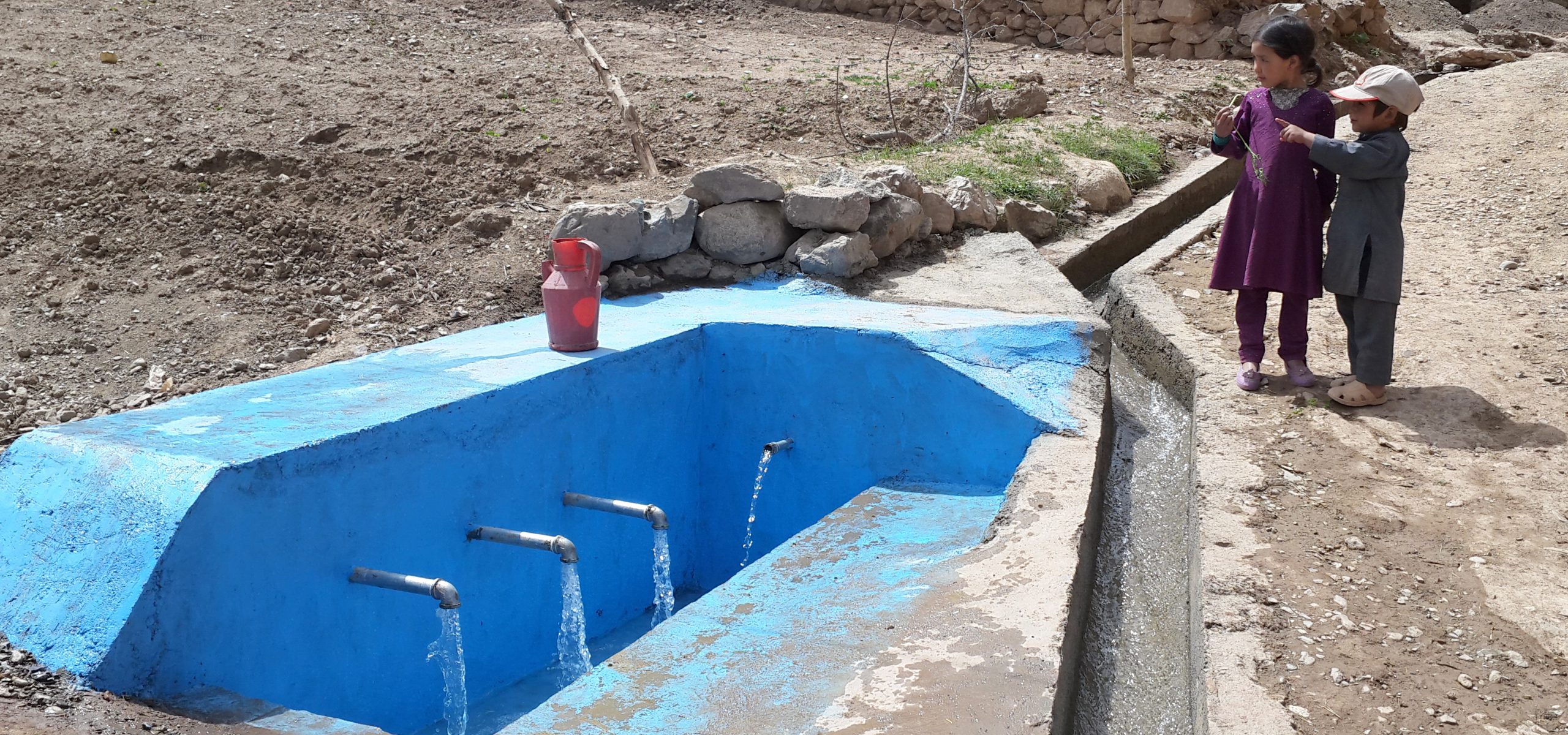Water and Sanitation (WASH)
Key environmental issues linked to water, sanitation and hygiene (WASH)

Key environmental issues linked to water, sanitation and hygiene (WASH)
Welcome to the online edition of the Disaster Waste Management (DWM) Guidelines. This section contains the relevant tools and general information for those who plan to deploy on disaster waste management missions and those dealing with disaster waste management. We recommend reading the Disaster Waste Management Guidelines…
The Disaster Waste Management Guidelines for Asia Pacific, published by the Japanese Ministry of the Environment, is developed to enhance preparedness for disasters by exchanging information, awareness and human resources during normal (non-hazard) times. The guidelines aims to provide a practical tool during a potential disaster as well as in…
The focus of the UNDP Guidance Note on debris management is to provide urgent post-crisis and post-disaster assistance. It offers practical advice to UNDP Country Offices on how to plan, design and implement short-term projects that effectively connects governments and communities in the process of assessment, clearance, recycling and management…
The UNDP Guidance note forms part of a series of UNDP's signature products that aims to respond and support early recovery in immediate crisis and post-crisis contexts with practical advice and guidance to UNDP Country Offices. The objective is to provide guidance on how to plan, design and implement projects…
An overview of best practices drawn from lessons learned in the field over more than 30 years with both participatory approaches and technical design.
This paper describes the main environment-related issues which should be considered and addressed in programs relating to WASH planning and ensuing practices in an emergency operation.
This paper provides an overview of key concepts and considerations with regards to the environment and water, sanitation and hygiene (WASH) activities undertaken in emergency operations.
Checklist for potential environmental impacts of WASH interventions…
The Handbook is one of the most widely known and internationally recognized tools for the delivery of the quality humanitarian response…
Guidance on the integration of environmental safeguards into flood response and recovery by the International Union for Conservation of Nature (IUCN)…
Mission report by the Ministry of Environment and Forest of Bangladesh on the environmental impacts of the refugee influx in Bangladesh.
A masters thesis examining the the current state of environmental mainstreaming in humanitarian assistance with the aim to identify the main barriers hindering the systematic integration of environmental concerns.
This guidance accompanies the Environment Marker, and aims at giving specific guidance on mitigation measures for activities in “B”-coded projects (medium environmental impact). It provides additional sector-specific guidance, using the example of Sudan.
The research paper, "Faecal Sludge Management in Africa: Socio-economic aspects, human and environmental health implications", aims to explore how current trends in faecal sludge management are impacting human and environmental health in Africa (both sub-Saharan and Northern Africa).
Developed as part of the RCRC Green Response initiative, these guidelines provide practical, sector specific information on how to better manage solid waste to improve emergency response operations. Key concepts and best practices in solid waste management are presented,…
Disasters can create environments in which vectors can increase dramatically and spread diseases. However, the chemicals most commonly used to dispose of these vectors can damage the environment and health. This paper provides guidance on how to create post-disaster sanitary efforts that remove the amount of vectors.
A report conducted by the UNEP regarding the international expert mission to Japan targeting the management of post-disaster debris.
The guidelines for implementing Cash-for-Work Projects (CfW) in the waste management sector is an initiative of Caritas, Action Against Hunger and the Danish Refugee Council. They provide guiding principles and criteria for implementing cfW programs in the waste management sector as a means to achieve environmental goals and improve the…
This document links key environmental considerations to WASH projects and provides guidance for good environmental management throughout the project cycle.
A WHO compilation of fact sheets and mitigating processes for water, sanitation, and hygiene education.
A WaterAid briefing note explaining why improved WASH services are central to any climate change adaptation strategy…
An explanation of the links between WASH and Environment by UNICEF…
A collection of environmental sustainability tools by the WASH Alliance…
A paper on environmental preservation, protection and recovery in WASH programs…
A collection of different resources on WASH and environment…
IFRC’s Green Response seeks to save lives and reduce suffering without risking damage to the livelihoods, health and survival of affected people and improving the environmental outcomes of life-saving operations.
WASH Cluster Homepage…